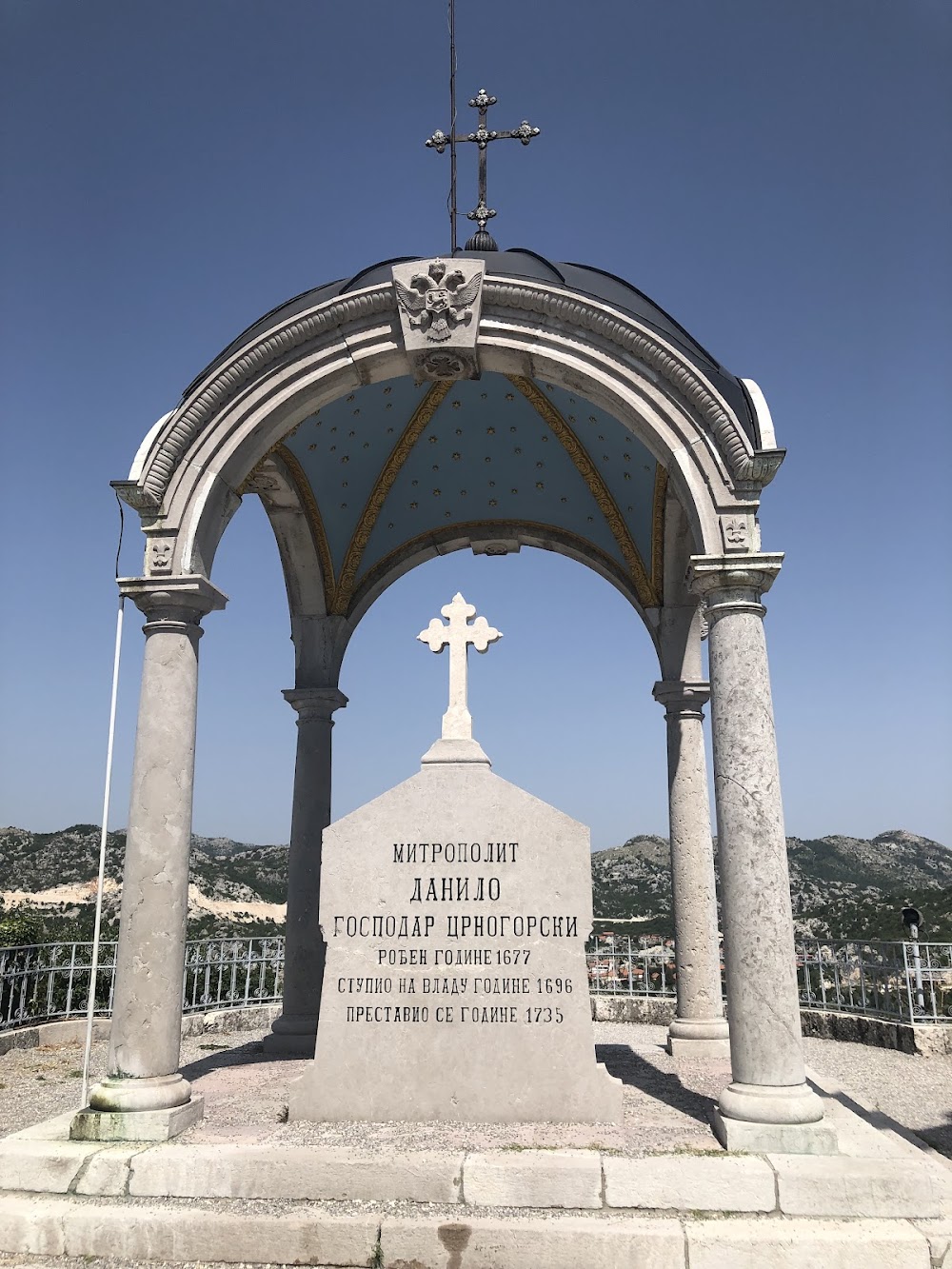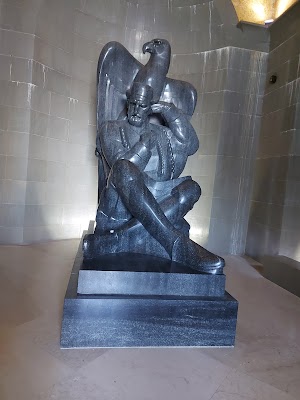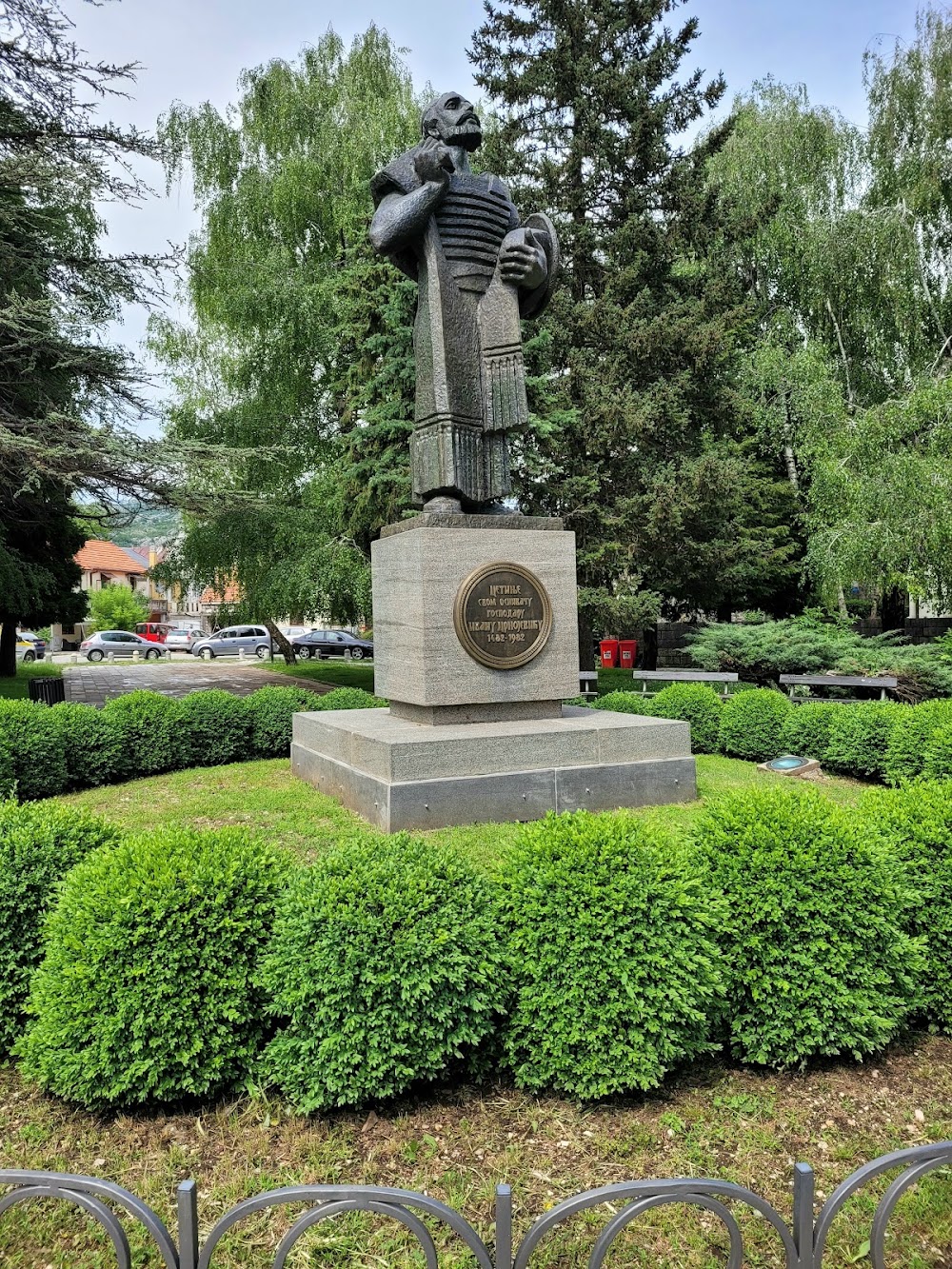Njegoš Museum (Muzej Njegoša)
Overview
Nestled in the historic town of Cetinje, Montenegro, the Njegoš Museum stands as a tribute to one of the country’s most illustrious figures, Petar II Petrović-Njegoš. Often hailed as the cultural and historical heart of Montenegro, Cetinje provides a fitting backdrop for this museum dedicated to the life and legacy of the revered philosopher, poet, and prince-bishop.
The museum is housed in Biljarda, a residence commissioned by Njegoš himself in 1838. The name "Biljarda" comes from the billiard table imported from Vienna, symbolizing Njegoš's refined tastes and forward-thinking vision. Originally serving as both his home and governmental residence, this understated yet elegant complex showcases a beautiful blend of traditional Montenegrin architectural style with European influences.
Njegoš, whose full name was Petar II Petrović-Njegoš, was not just a ruler but also an exceptional literary figure. His masterpiece, "The Mountain Wreath," remains a cornerstone of South Slavic literature. As you navigate through the museum, you’ll encounter exhibits that richly detail his poetic achievements, complete with translations and interpretations to help international visitors appreciate the depth of his work.
Significantly, the museum explores Njegoš's contributions to both the cultural and political landscapes of Montenegro. It delves into his efforts to modernize the country, including attempts to formalize the Montenegrin state structure and strengthen international ties. Exhibits showcase artifacts such as documents, letters, and personal belongings that highlight his diplomatic endeavors and intellectual pursuits.
One of the most intriguing rooms in the museum is the library, which houses a collection of rare books and manuscripts that Njegoš either authored or took great interest in. This collection provides a unique glimpse into the mind of a man deeply committed to the enlightenment and education of his people. The museum also features a small yet poignant room displaying his vestments and other ecclesiastical regalia, underscoring his influential role as a religious leader.
Aside from its historical and intellectual significance, the museum offers an aesthetically pleasing experience. The building itself, with its stone walls and traditional Montenegrin roofing, is enchanting. As you wander through the inner courtyard, you’ll find tranquility amidst the historical immersion, accompanied by an impressive statue of Njegoš himself—a fitting guardian of his former abode.
The museum's layout is designed to offer an intuitive and immersive experience for tourists from all walks of life. Informative plaques and multilingual guides ensure that language is no barrier to understanding the profound influence Njegoš had on Montenegro and the broader region. Interactive displays and occasional multimedia presentations enrich the visitor experience, bringing history to life in an engaging manner.
Another notable aspect of the museum is its location in Cetinje, a town rich with other historical monuments. A visit to Njegoš Museum can easily be complemented by trips to the nearby Cetinje Monastery, the Blue Palace, and King Nikola’s Museum, making for a culturally and historically enriching day.
Interesting facts about the place add layers to the historical narrative. For instance, Njegoš was a towering figure, standing at over two meters tall, which was quite uncommon for his time. His billiard table remains an iconic piece, symbolizing a fusion of Eastern and Western influences. Additionally, the very fact that Cetinje, despite its small size, served as the cradle of Montenegrin statehood and hosted a leader of Njegoš's caliber speaks volumes about its historical importance.
In conclusion, the Njegoš Museum in Cetinje is more than just a repository of artifacts; it is a celebration of Montenegrin heritage. It offers comprehensive insights into the life of a man pivotal in shaping his nation's identity. Whether you are a history buff, a literary enthusiast, or simply a curious traveler, the museum promises a rewarding and enlightening experience. A visit here not only broadens your understanding of Montenegro's past but also connects you with a significant part of its cultural soul.





